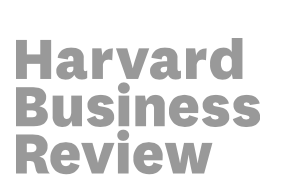 Reading Time: 2 minutes read
Reading Time: 2 minutes readEmployee Engagement
I’m sure we all have our killer 2016 strategies in place by now. We know where our product is going, what market we’re going to hit hard with what ads–but do you know how you’re going to nurture and retain your key talent throughout this new year?
Just in case you don’t have an employee engagement strategy in place yet, here are 5 key articles to get you started.
Formally launched in October, re:work is Google’s way of sharing their own policies and perspectives on employee management: hiring processes, leadership developemtn, and general employee engagement. Major take aways: hiring should be structured and standardized and managers matter.
Is growth at all costs really worth it? Amazon has become the world’s most valuable retailer at the price of a bruising workspace, as detailed in the now infamous NYtimes exposé. Since then, Amazon has launched a vague employee engagement program called Amazon Connections, which you can read about it on Bloomberg and Gigaom.
No analysis would be complete without a case study from the emperor of data collection. According to Gallup’s latest survey of 2.5 million manager-lead teams, only 35% of U.S Managers are engaged in their jobs. Read their case study for advice on how to be the exception rather than the rule.
We’ve been in the business for over 12 years, and we’ve run enough of these employee engagement surveys to tell you if data is king, deep data is god. Don’t stop at the company average: drill deeper and find out if your employees really feel just-average about your workspace, or if it’s a couple of bad apples ruining hte barrel.
What is the true cost of employee disengagement? According to HBR, disengaged employees have “37% higher absenteeism, 49% more accidents, and 60% more errors and defects. In organizations with low employee engagement scores, they experienced 18% lower productivity, 16% lower profitability, 37% lower job growth, and 65% lower share price over time. ” Read more at Harvard Business Review.












